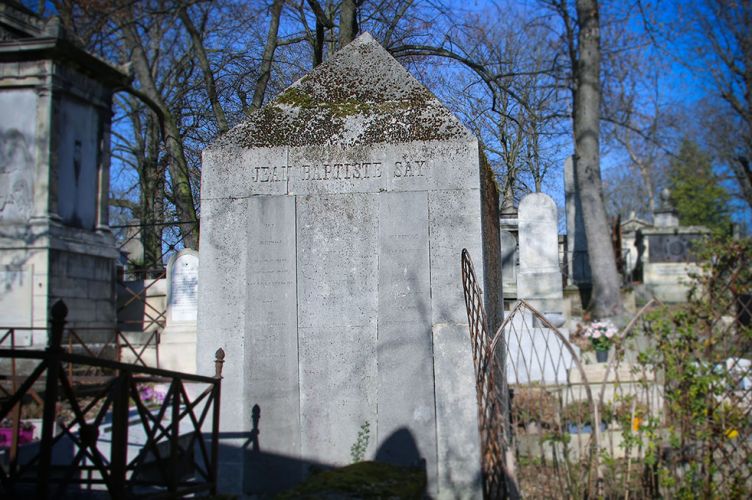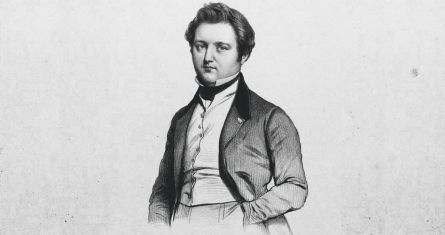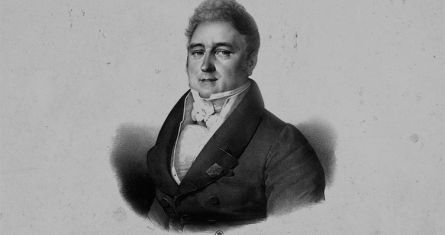Père Lachaise and ESCP
The Père Lachaise cemetery and ESCP have a few things in common, including their dates of creation, which are very close: 1804 for the former and 1819 for the latter. In addition, many important personalities linked to the school are buried in this necropolis of the east of Paris.
The divisions of ESCP personalities
Jean-Baptiste Say's grave is located in the 39th Division of the cemetery; banker Jacques Laffitte, who was one of the first major supporters of the school, is buried in the 30th Division; Adolphe Blanqui, director and reformer of the school, in the 51st Division, and his successor, Aimé Girard in the 59th Division; Louis Ernest Ladurée – an Alumni who founded the confectioner’s shop is in the 54th Division; Casimir Perier, banker, statesman and member of the school's ‘Board of Improvement’, has an immense tomb-mausoleum , at the crossroads of Avenue de la Chapelle and Avenue Casimir-Perier - thanks to a public subscription - surmounted by his statue and decorated with three bas-reliefs representing Eloquence, Justice and Force.
There is also Marius Desbordes, director of the school from 1946 to 1947 and former director, from 1935 to 1946, of the Commercial School on the left bank, ancestor of Novancia.
The bronze recumbent figure of President Félix Faure, who inaugurated the building at 79 Avenue de la République, adorns his grave in the 4th Division.
Other tombs of outstanding personalities of that era can also be found at the Père Lachaise, such as those of Christophe-Philippe Oberkampf, founder of the Toile de Jouy printed cottons factory at Jouy-en-Josas; Alexandre-Théodore Brongniart, who drew the plans of the Paris Stock Exchange and of the Père Lachaise (in the 11th Division); Désiré Dalloz, jurisconsult (17th Division); François Richard-Lenoir, industrial and cotton trader (4th Division), as well as many others who left their mark on Paris and history.
In the early days of its creation, the Père Lachaise cemetery, located at quite a distance from the city centre at that time, was ignored by the Parisian bourgeoisie. In order to change their opinion, a marketing campaign was carried out to increase its attractivity: the remains –or supposed remains - of famous people, like Molière and La Fontaine were brought in (both authors have neighbour graves in the 25th Division). An efficient campaign, as more than 2 centuries later, the cemetery is still a success!



